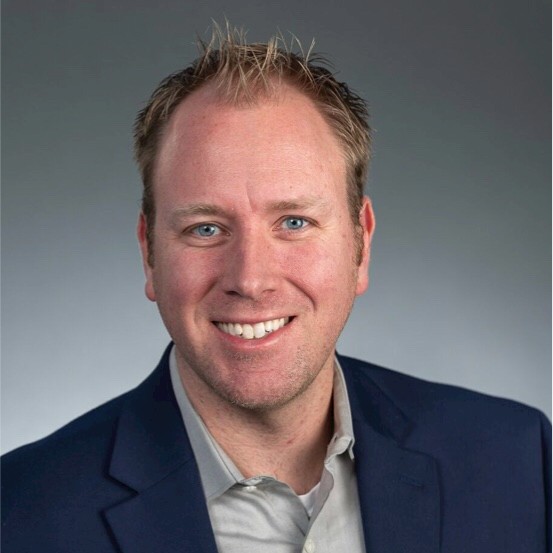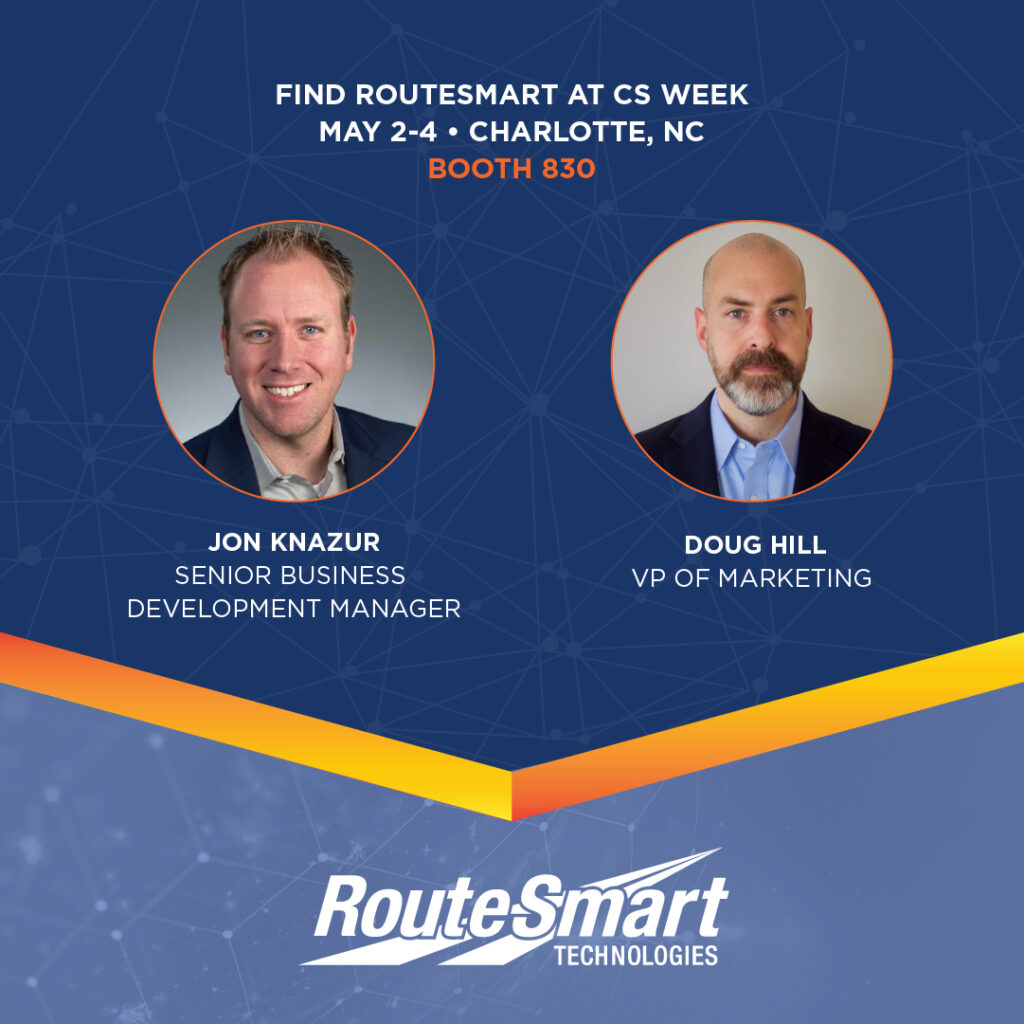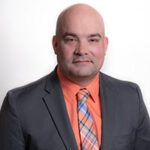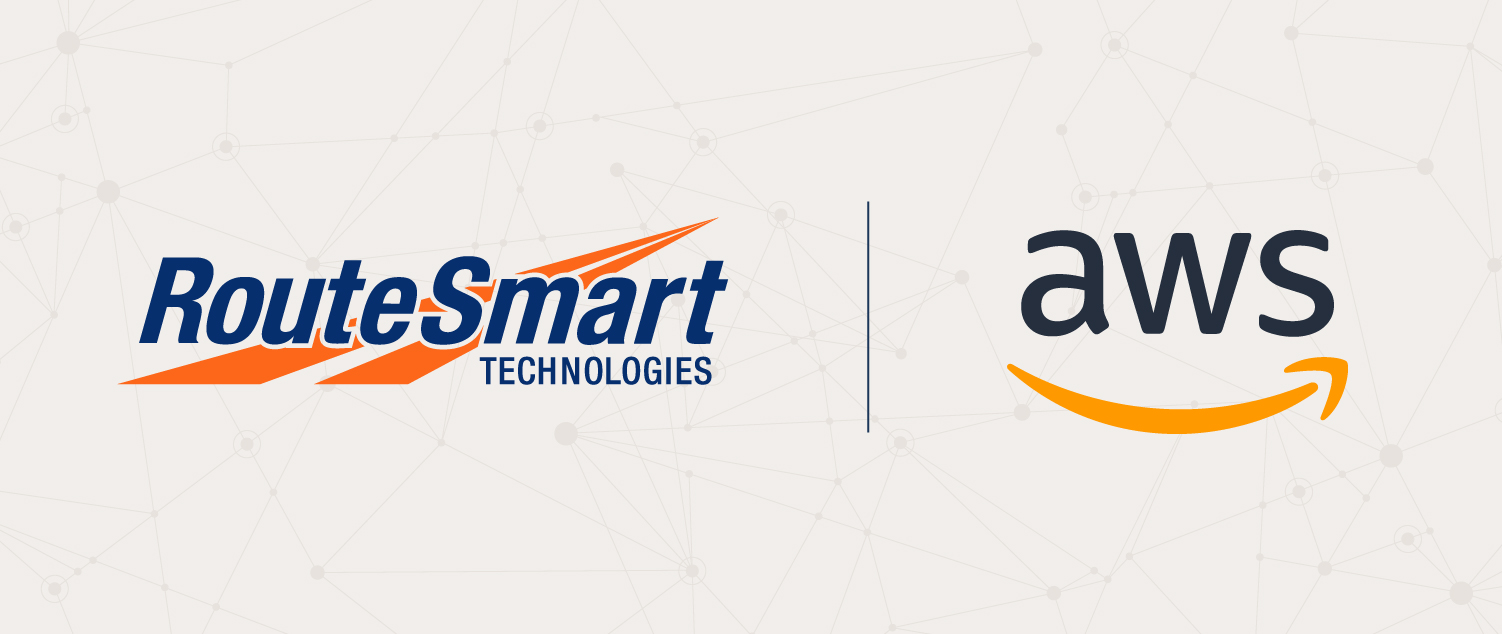Meet RouteSmart Technologies’ New Senior Business Development Manager Jon Knazur: Amping Up Sales in Utility Industry
For those who spend time planning utility field service work, you know it can be a real challenge. With so much ground to cover and so many variables to consider, it’s easy to get caught spending too much time working out the details, and you end up wasting time, money, and resources.
That’s where RouteSmart comes in. We provide the tools to help you get the job done, from daily workforce planning to strategic rerouting of your meter reading routes, and our team of experts is here to help you streamline your operations.

RouteSmart has more than 30 years of experience serving the utility industry and we understand the evolving needs of your daily field service operations. Our new Senior Business Development Manager Jon Knazur understands the challenges of field service optimization, and he’s focused on helping utility companies and their contractors get the most out of their operations. Jon has assumed the responsibilities of being the “buyer’s guide” in the utility industry from Sean Carroll, who retired April 1 after more than 15 years with RouteSmart. We thank Sean for his dedication to serving our utility clients for many years.
Jon will be at CS (Customer Service) Week Tuesday, May 2 to Thursday, May 4 representing RouteSmart with VP of Marketing Doug Hill at booth 830 on the trade show floor. CS Week is the premier annual educational and customer service conference serving electric, gas and water/wastewater utility professionals across North America and around the world. If you’re there, be sure to stop by our booth and say hello.
Meanwhile, let’s get to know Jon and learn more about how RouteSmart’s route planning solutions can help your organization reduce costs, increase efficiency, and get the most out of your field service operations.
Q. How do RouteSmart route planning and optimization solutions specifically help utility companies optimize their cycle days and increase efficiency.
JK: Our route planning solutions allow utility organizations and their contractors to reduce their costs by organizing field service activities into logical and efficient workloads for execution by crews. For example, the time it takes a field service technician to organize their work orders can be eliminated with proper route planning. Additionally, route planning helps crews reduce non-productive travel and meet time of service commitments for when the technician is supposed to be there to perform the work. Overall, this provides better utilization of the field services tech’s time, and considering turnover and job satisfaction, this can make their daily activities more effective.
Q. Are there any unique features or capabilities that are particularly valuable to utility companies?
JK: RouteSmart precisely calculates the total time for each field service technician to complete their assigned workload. We use a variety of inputs such as road closure data, traffic speeds by time of day, and a variety of other route data inputs to provide an accurate account of the activities to be performed in the field.
Another challenge that gas utilities encounter is the requirement to inspect for gas leaks. Utilities have invested in different leak detection technology, but they then must determine the most efficient way to route this technology in a way to completely survey the area of interest to make sure it is covered appropriately to confirm no leaks are detected. These requirements include driving road segments in multiple directions, the distance from the meter to the street segment, and coverage of the territory. RouteSmart can provide very precise ways to route this leak detection technology to cover the area in a very efficient and safe manner.
Q. What are some of the biggest challenges that utility companies face in terms of route planning, and how do our solutions address those challenges?
“Our route planning solutions allow utility organizations and their contractors to reduce their costs by organizing field service activities into logical and efficient workloads for execution by crews.”
JK: First, let’s recognize one thing – a utilities “shop floor” is the geographic territory within which they provide service. That’s never going to change. What has changed, however, is the nature of many of the assets that are the responsibility of the utility. For example, as meter reading technology changes and evolves it is presenting new challenges. As companies moved from manual walk-up meter reading to Mobile AMR, the ability to collect read data changed. But many utilities continued to use their legacy meter reading routes as the basis for AMR meter reading. Why? Because planning meter reading routes is an extremely complicated task. Unfortunately, however, without changing the plan for meter reading to align to their new AMR technology, efficiency gains were not realized. Another correlated example would be the movement to AMI. Now you don’t even have to drive by the meter to get the read data. But guess what? There is still a field service requirement for inspecting that AMI asset, servicing them, and reading from locations that opt-out. So, you need a planning tool to manage all this “field service chaos” we like to call it! The good news is we are seeing utilities start to understand that they still have a field service responsibility, and their existing systems need automation to support the planning. That’s where we come in and it’s exciting to be in our fourth decade of providing solutions to the utility industry.
Q: How does your software integrate with other technologies or systems that utility companies might be using?

JK: RouteSmart is seeing strong interest and demand for our web services. Specifically, our RouteSmart Routing as a Service (RaaS) is being embraced by many utilities to help them complement their existing work order systems. We’ve had several utilities embed our RaaS web service directly into their existing systems such as SAP. Users are already familiar with SAP or their existing in-house system – now they get the benefit of the power of our planning solution built within. Many clients like the idea that minimal (to no) training is required for their technicians as the RaaS solution is built in the back-end of their systems and their field technicians get a better result and are able to be much more productive in their workday.
RouteSmart is looking to leverage our Web Services (specifically RaaS) within different partners and system integrators to use our solution for Route Planning. Utility companies or Solution Providers in the utility space can sell their full end-to-end solutions for Field Service work to be used by their clients and technicians. It is very easy to integrate with some developers familiar with using an API. Furthermore, we are looking to go to market with partners in the utility industry where our routing capabilities will further enhance their product offering and set them apart from the competition they have in their market.
Q: Can you share any success stories or case studies of utility companies that have used our route planning solutions to improve their operations?
JK: SoCalGas is an interesting example showcasing utility companies continuing to work with RouteSmart in a “Post-AMI world.” SoCalGas came to RouteSmart as they were faced with a daunting task of planning inspections for more than six million meters in Southern California due to a Public Service Commission mandate. The new mandate required SoCal Gas to inspect every single installed AMI meter every three years. If they failed to meet the mandate it could result in hundreds of millions of dollars in fines. SoCal needed a route planning solution to help minimize that exposure. You can’t do that manually or with simplistic route management tools found in many back-office systems. In addition, most of these installations did not happen sequentially in the same geographic area (neighborhood).
In another recent small project for Frontier Natural Gas, they approached RouteSmart as they had service locations scattered across a large territory as well as adding customers to their service monthly. They expressed concerns that they had no effective, automated way to accurately help their meter servicing technician service these meters in an effective and efficient way to better the use of their time. RouteSmart was able to reduce their initial 27 routes into 17 more productive routes. In addition, we were able to improve their on-road efficiency by cutting their initial milage in half after providing more efficient routes to service their clients’ meters. These “hard” savings alone enabled a full ROI on their investment in just over six months.
That’s where our stuff shines – tackling not only the biggest planning problems like at SoCal Gas but also delivering value for smaller operations like Frontier Natural Gas.
Of course, not all the questions we asked Jon were business related. Let’s get to know him as a person…
What’s the most interesting place you’ve ever traveled to? What did you love about it?
JK: Tough Question… I would say that me and my wife’s honeymoon in Bora Bora was one of the most relaxing and longest trips I have ever made. It was a lot of traveling (Chicago -> LAX -> Tahiti -> Bora Bora -> (boat to resort) but the resort and amenities were nothing like I have ever stayed at before. Food and drinks were incredibly expensive. An alcoholic drink ran around $30 USD (in 2017). Another callout would be an opportunity I had when working with my previous employer where I did a lot of international travel. I would say that Lisbon, Portugal took me most by surprise. I think part of it was that I didn’t have high expectations, like Rome, Prague or Paris, and because it wasn’t as touristy or as large as Rome/Paris, I felt very safe and enjoyed seeing some of the castles and exploring the city.
Q. What is your favorite hobby or pastime outside of work, and how did you get interested in it?

JK- That’s an easy one, GOLF. I am currently a 7 handicap. I played in high school and was captain of the team my senior year. I was President of the Golf Club at University of Illinois my Junior and Senior years (this was a club for university students who still wanted to play somewhat competitively but were not able or interested in playing on the official school team, which is extremely competitive at U of I). It all started when my dad asked me when I was 8, if I wanted to take up the sport and my response was “golf is for old guys.”! Fast-forward two years later when I was 10, Tiger Woods was making the news and I changed my mind and it’s been my hobby (obsession) since. When I was 12-13 years old, I worked at a local Par 3 course for free golf / range buckets doing odds and ends around the course (range balls/baskets, trash around the course, loading up food and beverage coolers, water coolers, etc. Similarly, when I was 13, I started caddying at Cog Hill and then in high school and college I spent the summer working at a family owned public 18-hole course (Big Run) where I made great money during the summer and got to spend time and play golf with my friends when I wasn’t working.
Q. What is your dream PGA foursome on the golf course?
JK: Tough question in some aspect. Of course, I would have to include Tiger Woods as the GOAT (Greatest of All Time), and as I mentioned above, he was one of the reasons I took up the sport. I find Phil Mickelson entertaining and really have enjoyed watching him on “THE MATCH” and learning from him how he looks at some of his shots. I would probably conclude with Justin Thomas and Jordan Spieth as they are closer in age to me. I love the antics between Tiger and Justin. I am happy to see Jordan back in the mix of things regarding the PGA. A couple of “honorable mentions” that could be “backups” would be Rory McIlroy, John Rahm, and Bubba Watson.
Q. If you could have any superpower, what would it be and why?
JK: I would say it would be to “freeze” time for a couple of reasons. 1.) Allow you to get more accomplished in each given day. 2.) Allow you to stop and enjoy the little moments that tend to get rushed at times. 3.) The saying goes as you get older, time goes by faster and I think it holds very true.
Q. What’s one thing you’re looking forward to this year, either personally or professionally?
JK – In the middle of May I am taking the family to Disney World. I have two little girls, Ginny (4) and Addie (2) who are currently obsessed with all Disney princesses, as well as the movie Frozen. I really don’t think they have any idea what they are in for! I also think they have no idea what a trip like this costs (laughs). The whole Disney vacation (although fantastic) when I was a kid, has changed so much, especially the planning, reservations/appointments. Luckily, my wife (Courtney) is very much a planner in her daily life, has really put a lot of effort in trying to make sure we squeeze as much as we can in the time we are there. I am just really looking forward to watching the smiles, excitement, and magic in their faces. We have had a countdown in the last 60 days until we leave. I really am not sure why we shared this with the kids so early. Every day is “are we going to Disney today?” and at one point my 4-year-old thought “Disney +” was where we were going.
Ready to get started.
Get in touch with us.
Contact Us




